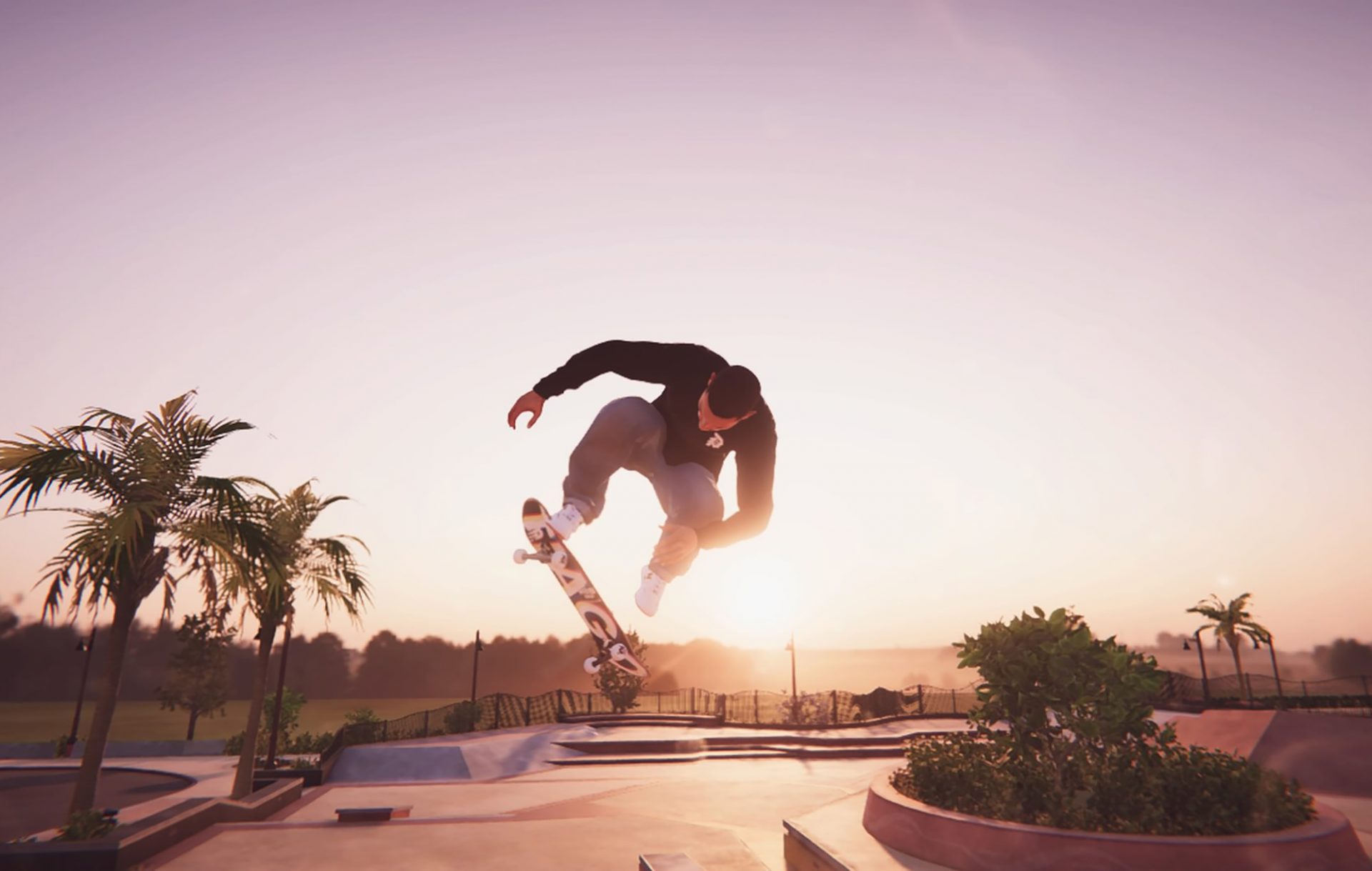
Three-dimensional (3D) animation is the process of creating moving images in a three-dimensional space. It is a popular form of animation used in various industries such as gaming, film, television, advertising, and education. 3D animation technology has advanced significantly in recent years, allowing artists and designers to create more realistic and detailed animations than ever before.
The Process of 3D Animation
The process of creating 3D animations is a complex and time-consuming one that involves several stages. These stages include modeling, rigging, texturing, animation, lighting, and rendering.
Modeling: The first stage of 3D animation is modeling. This involves creating a three-dimensional model of the character or object that will be animated. The model is created using software such as Maya, 3DS Max, or Blender. The modeler creates a wireframe of the character or object, and then adds detail to the model to make it more realistic.
Rigging: Once the model is complete, it needs to be rigged. Rigging involves adding a skeleton to the model, which will allow it to move and be animated. The skeleton is made up of bones, and the model is attached to the bones using a process called skinning.
Texturing: Texturing involves adding color and texture to the model. The texture artist creates the texture maps that will be applied to the model, which will give it its final look.
Animation: The animation stage is where the magic happens. The animator creates movement for the character or object. This involves setting keyframes, which are points in time where the character or object will be in a certain position or pose.
Lighting: Lighting is an important part of 3D animation as it can greatly affect the look and feel of the animation. The lighting artist sets up the lighting for the scene, which can include sunlight, artificial light sources, and ambient lighting.
Rendering: The final stage of 3D animation is rendering. This involves creating the final image or sequence of images. The computer calculates the movement of the objects in the scene and applies the lighting to create the final animation.
Applications of 3D Animation
Gaming: 3D animation is widely used in the gaming industry to create realistic characters and environments. The use of 3D animation allows game developers to create immersive experiences for players.
Film and Television: 3D animation is also used in the film and television industry to create special effects and animated characters. Films such as Toy Story and The Incredibles have used 3D animation to great effect.
Advertising: 3D animation is often used in advertising to create eye-catching visuals. It can be used to create product animations, explainer videos, and advertisements.
Education: 3D animation can also be used in education to create interactive learning experiences. It can be used to create simulations, animations, and virtual environments.
Benefits of 3D Animation
Realistic: 3D animation allows for the creation of highly realistic animations. This can be especially useful in industries such as gaming and film where realism is important.
Cost-effective: While the initial investment in 3D animation software and hardware can be high, 3D animation can be more cost-effective than traditional animation in the long run. Once a model has been created, it can be used again and again in different animations.
Versatile: 3D animation can be used in a wide range of industries and applications. It can be used to create anything from realistic characters to abstract shapes and patterns.
Interactive: 3D animation can be used to create interactive experiences for users. This can be especially useful in education and gaming.
If you want to learn 3D animation, here you can find great online animation courses.

